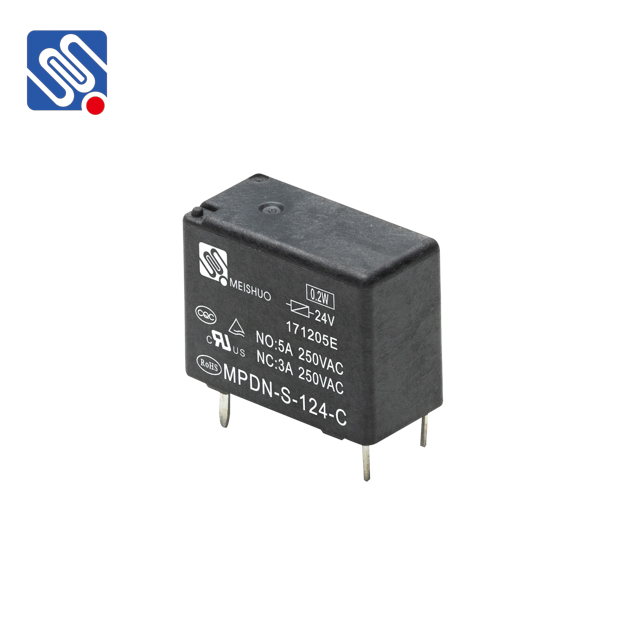low-power relay: efficient power management for modern applications
Release time:2025-11-15 13:35:02
In the world of electronics, minimizing power consumption is crucial for the development of energy-efficient and sustainable devices. As technology evolves, the need for devices that can operate with minimal energy while delivering reliable performance becomes more apparent. One of the key components that help achieve this goal is the low-power relay. These relays have found their way into various applications due to their ability to switch electrical circuits with minimal power requirements, making them an essential part of low-energy systems.

What is a Low-power Relay?
A low-power relay is a type of electromagnetic switch that is designed to operate with lower control voltage and current than traditional relays. It’s capable of switching higher power circuits while consuming very little power itself. Essentially, low-power relays are engineered for energy efficiency, making them ideal for systems where battery life and low energy consumption are top priorities.
Relays work by using an electromagnet to pull a set of contacts together or apart, opening or closing the circuit. A typical relay requires a certain amount of current to activate the electromagnet. However, low-power relays are optimized to use a much smaller current to trigger the switch, often operating at voltages as low as 3.3V or 5V.

